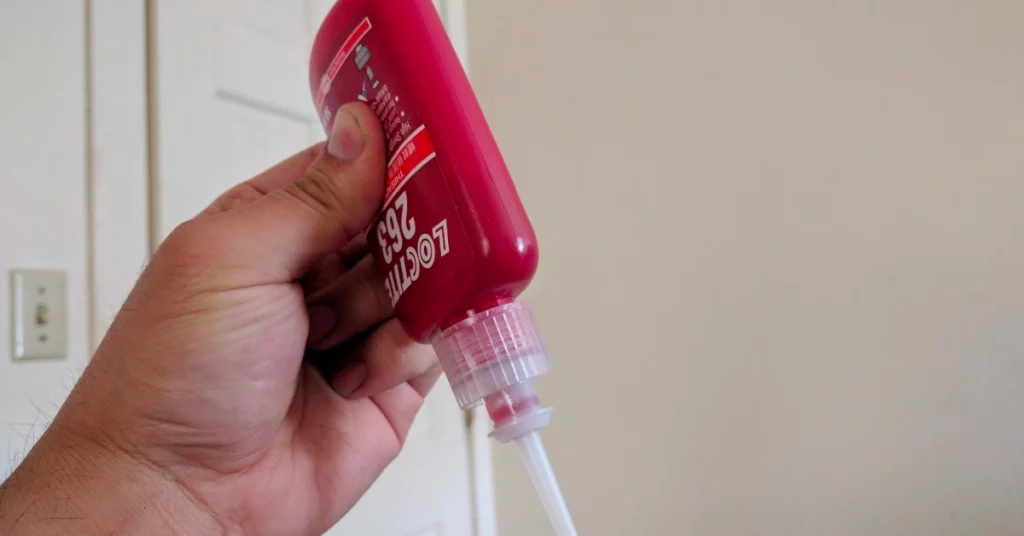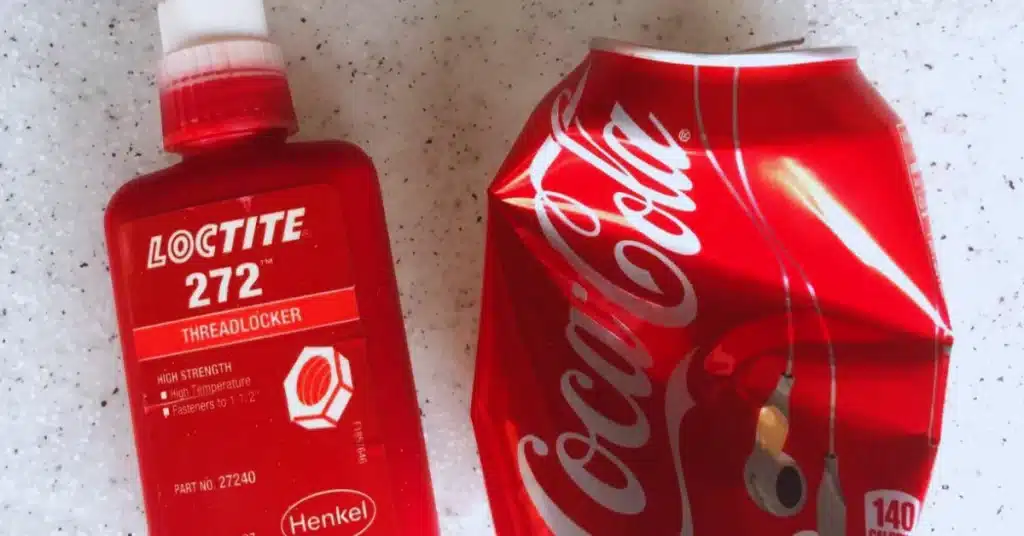If you are in the automotive industry or involved in any project requiring nuts, bolts, and studs, you know about and need the thread locker adhesive occasionally.
And when it comes to thread lockers, which offers more versatility and variety of this adhesive than Loctite?
I have compared Loctite 263 vs. 272 thread lockers here so that you know about these adhesives in great detail and their differences for easy decision-making.
Read More: Loctite 243 vs. 263
Read More: Loctite 263 vs. 270
Loctite 263 vs. 272
Loctite 263 and Loctite 272 are thread locker adhesives with very common features. However, there are differences between these adhesives, too.

For your convenience, I have researched and listed all the differences between these two adhesives.
But before jumping into the actual comparison, look at the table below for a quick summary.
| Properties | Loctite 263 | Loctite 272 |
| Strength | 275 psi | 200 psi |
| Viscosity | Low | Medium |
| Heat Resistance | 360°F | 450°F |
| Cure Time | 24 hours | 72 hours |
| Price | Moderate | Expensive |
Read More: Loctite 262 vs. 263 vs. 271
Top 3 Differences Between Loctite 263 and Loctite 272
Here is the in-detailed discussion of the differences between Loctite 263 and Loctite 272 thread lockers for your better understanding.
Strength
The strength of a thread locker matters. It determines how well-performing and durable the bond will be. And because they are pretty different, the strength of Loctite 263 and Loctite 272 differs significantly.
For instance, Loctite 263 has a tensile strength of 275 psi. This means this thread locker offers high strength and can create a strong seal between the surfaces.
On the other hand, the Loctite 272 offers a tensile strength of 200 psi and, therefore, is less strong than its close competitor.
Unlike many others in the market, this thread locker will still create a durable bond.
Viscosity
The viscosity of any sealant or adhesive determines how easy it is to apply on the surface. And even after being from the same brand, there is a relatively big difference between the viscosity of Loctite 263 and Loctite 272.
Loctite 263 is a low-viscosity sealant. This means this adhesive is quite runny and can flow faster and smoother through the nuts and bolts.
You don’t have to put extra effort into applying it on the surfaces.
However, the same isn’t true for Loctite 272. This adhesive offers medium viscosity and is a bit thicker in consistency than the 263 one.
Because of its thickness, this sealant takes some time to dry and cure properly.

Heat Resistance
The heat-resistant level of a sealant determines its durability greatly. And considering that, Loctite ensured that their adhesives are heat resistant.
However, there is a significant difference in the heat resistance level of Loctite 263 and Loctite 272.
While the 263 sealant can withstand 360°F of heat at once, the 272 one repels 450°F of heat and is more durable.
Due to increased temperature, Loctite 272 sealant won’t melt and loosen the bond anytime soon.
Read More: Loctite 266 vs. 272
Last Opinion
After comparing Loctite 263 vs. 272 precisely, I will choose Loctite 263 on any given day for all my thread-locking purposes.
This adhesive offers high strength and high heat resistance and can be easily applied between surfaces.
Moreover, even after offering so many benefits, this adhesive is moderately priced and won’t feel a burden on you.

